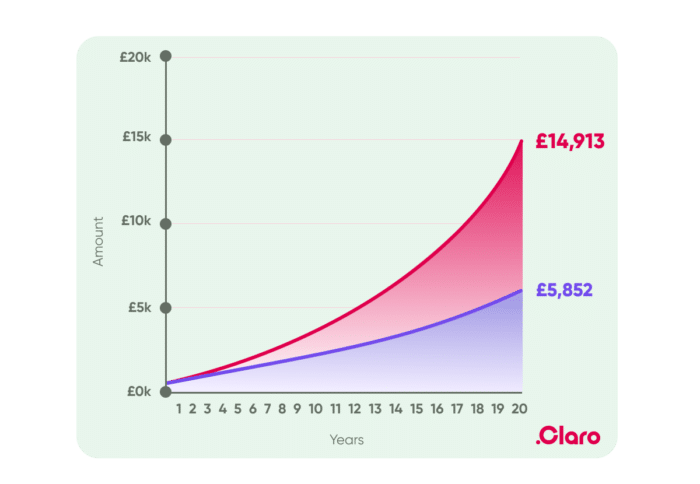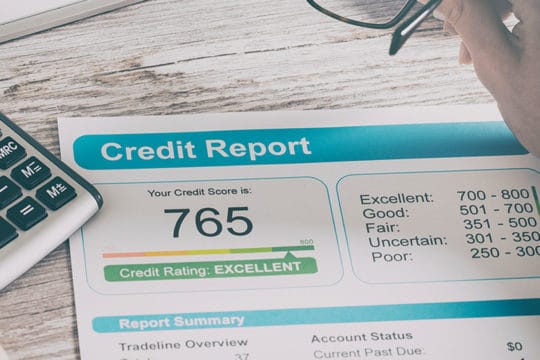
There are many things you might be confused about when you start trading in the worlds of derivatives. There are many types, such as futures and options, fixed-income and equity derivatives. You may also be confused about asset backed securities and Black Scholes. Credit default swaps are another type of derivative. This article will explain the basics of derivatives to help you make a decision about whether or not this type trading is right for your needs.
The basics of derivatives
You must understand the basics of derivatives if your goal is to sit for any banking exam. These instruments allow you to manage your risk and earn equal returns. The most common types of derivatives are options, forward contracts, swaps, warrants, and futures. The Basics of Derivatives course provides a solid foundation in understanding derivatives. It will help you prepare for the bank exams.

Trading in derivatives
Derivatives refer to contracts between two people that include specific conditions for payment. These contracts are written on different types of assets, such as stocks, bonds, interest rates, and currencies. There are also other derivatives that can be included, which can complicate valuations. A lot of the components of a company's capital structure can be derivatives or options. This is not common outside of technical contexts. Here are some important aspects about trading in derivatives.
Hedging
Investors of all levels can benefit from learning about derivatives for hedging. Different strategies employ different types derivatives. For example, one technique involves futures contracts. These contracts specify when a security must be sold at a certain price and on a particular date. Hedging strategies can be used to protect heavily invested investors by locking in selling prices, and preventing future price drops. Learn more about derivatives to help protect your investments.
Speculation
It is possible to be confused about what derivatives are if you consider investing in them. Derivatives are agreements between two parties that allow businesses to acquire risk. However, they can also be speculative. While risk management is prudent, speculation is dangerous because it isn't disclosed to stakeholders. Before you invest in derivatives, make sure you carefully weigh the pros and cons.
Margin requirements
You might be curious about the different kinds of margin requirements for derivatives. These rules vary from one broker to another, but in most cases, the minimum requirement is 60 percent of your investment value. This is known as the maintenance margin. The margin requirement for a concentrated account is higher and you will need to invest a greater percentage of your equity. The following chart shows the different types of margins.

Taking a derivatives course at LSE
LSE courses are a good option for those who want to pursue a career as a financial professional or just interested in learning more about derivatives. The course is not only for traders, but also offers opportunities to use derivatives in risk management, institutional sales, and financial advisory positions. The online and on-demand courses can add to your CV. LSE faculty teaches the course, which is also accredited by CFA Institute.
FAQ
Should I buy individual stocks, or mutual funds?
Mutual funds are great ways to diversify your portfolio.
However, they aren't suitable for everyone.
If you are looking to make quick money, don't invest.
Instead, you should choose individual stocks.
You have more control over your investments with individual stocks.
You can also find low-cost index funds online. These allow you to track different markets without paying high fees.
How can I tell if I'm ready for retirement?
First, think about when you'd like to retire.
Are there any age goals you would like to achieve?
Or would you rather enjoy life until you drop?
Once you have decided on a date, figure out how much money is needed to live comfortably.
You will then need to calculate how much income is needed to sustain yourself until retirement.
Finally, determine how long you can keep your money afloat.
What types of investments do you have?
There are many different kinds of investments available today.
Here are some of the most popular:
-
Stocks - A company's shares that are traded publicly on a stock market.
-
Bonds are a loan between two parties secured against future earnings.
-
Real estate - Property that is not owned by the owner.
-
Options - The buyer has the option, but not the obligation, of purchasing shares at a fixed cost within a given time period.
-
Commodities: Raw materials such oil, gold, and silver.
-
Precious Metals - Gold and silver, platinum, and Palladium.
-
Foreign currencies – Currencies other than the U.S. dollars
-
Cash - Money which is deposited at banks.
-
Treasury bills - Short-term debt issued by the government.
-
A business issue of commercial paper or debt.
-
Mortgages - Individual loans made by financial institutions.
-
Mutual Funds – Investment vehicles that pool money from investors to distribute it among different securities.
-
ETFs (Exchange-traded Funds) - ETFs can be described as mutual funds but do not require sales commissions.
-
Index funds – An investment fund that tracks the performance a specific market segment or group of markets.
-
Leverage – The use of borrowed funds to increase returns
-
Exchange Traded Funds, (ETFs), - A type of mutual fund trades on an exchange like any other security.
These funds are great because they provide diversification benefits.
Diversification is when you invest in multiple types of assets instead of one type of asset.
This helps you to protect your investment from loss.
How long does it take for you to be financially independent?
It depends upon many factors. Some people become financially independent overnight. Others need to work for years before they reach that point. It doesn't matter how much time it takes, there will be a point when you can say, “I am financially secure.”
It's important to keep working towards this goal until you reach it.
How can I choose wisely to invest in my investments?
You should always have an investment plan. It is important that you know exactly what you are investing in, and how much money it will return.
You should also take into consideration the risks and the timeframe you need to achieve your goals.
You will then be able determine if the investment is right.
Once you have decided on an investment strategy, you should stick to it.
It is best not to invest more than you can afford.
Is it possible to earn passive income without starting a business?
Yes. Many of the people who are successful today started as entrepreneurs. Many of them started businesses before they were famous.
You don't need to create a business in order to make passive income. Instead, you can simply create products and services that other people find useful.
Articles on subjects that you are interested in could be written, for instance. You could also write books. Consulting services could also be offered. Only one requirement: You must offer value to others.
Statistics
- Over time, the index has returned about 10 percent annually. (bankrate.com)
- Some traders typically risk 2-5% of their capital based on any particular trade. (investopedia.com)
- Most banks offer CDs at a return of less than 2% per year, which is not even enough to keep up with inflation. (ruleoneinvesting.com)
- An important note to remember is that a bond may only net you a 3% return on your money over multiple years. (ruleoneinvesting.com)
External Links
How To
How to invest stocks
Investing can be one of the best ways to make some extra money. It is also one of best ways to make passive income. There are many investment opportunities available, provided you have enough capital. All you need to do is know where and what to look for. The following article will show you how to start investing in the stock market.
Stocks can be described as shares in the ownership of companies. There are two types. Common stocks and preferred stocks. Prefer stocks are private stocks, and common stocks can be traded on the stock exchange. Shares of public companies trade on the stock exchange. They are valued based on the company's current earnings and future prospects. Stocks are purchased by investors in order to generate profits. This process is known as speculation.
Three main steps are involved in stock buying. First, decide whether you want individual stocks to be bought or mutual funds. Next, decide on the type of investment vehicle. Third, choose how much money should you invest.
You can choose to buy individual stocks or mutual funds
When you are first starting out, it may be better to use mutual funds. These are professionally managed portfolios that contain several stocks. When choosing mutual funds, consider the amount of risk you are willing to take when investing your money. Certain mutual funds are more risky than others. You may want to save your money in low risk funds until you get more familiar with investments.
If you would prefer to invest on your own, it is important to research all companies before investing. Check if the stock's price has gone up in recent months before you buy it. Do not buy stock at lower prices only to see its price rise.
Choose Your Investment Vehicle
Once you've decided whether to go with individual stocks or mutual funds, you'll need to select an investment vehicle. An investment vehicle is simply another way to manage your money. For example, you could put your money into a bank account and pay monthly interest. You could also create a brokerage account that allows you to sell individual stocks.
You can also set up a self-directed IRA (Individual Retirement Account), which allows you to invest directly in stocks. The self-directed IRA is similar to 401ks except you have control over how much you contribute.
Your needs will determine the type of investment vehicle you choose. Are you looking to diversify or to focus on a handful of stocks? Do you seek stability or growth potential? How confident are you in managing your own finances
The IRS requires that all investors have access to information about their accounts. To learn more about this requirement, visit www.irs.gov/investor/pubs/instructionsforindividualinvestors/index.html#id235800.
Calculate How Much Money Should be Invested
Before you can start investing, you need to determine how much of your income will be allocated to investments. You can either set aside 5 percent or 100 percent of your income. Your goals will determine the amount you allocate.
For example, if you're just beginning to save for retirement, you may not feel comfortable committing too much money to investments. For those who expect to retire in the next five years, it may be a good idea to allocate 50 percent to investments.
It's important to remember that the amount of money you invest will affect your returns. You should consider your long-term financial plans before you decide on how much of your income to invest.